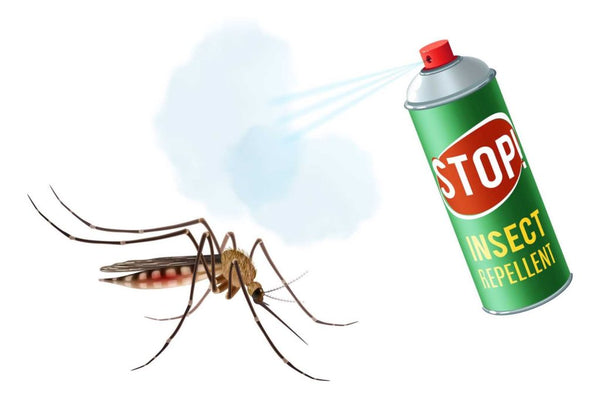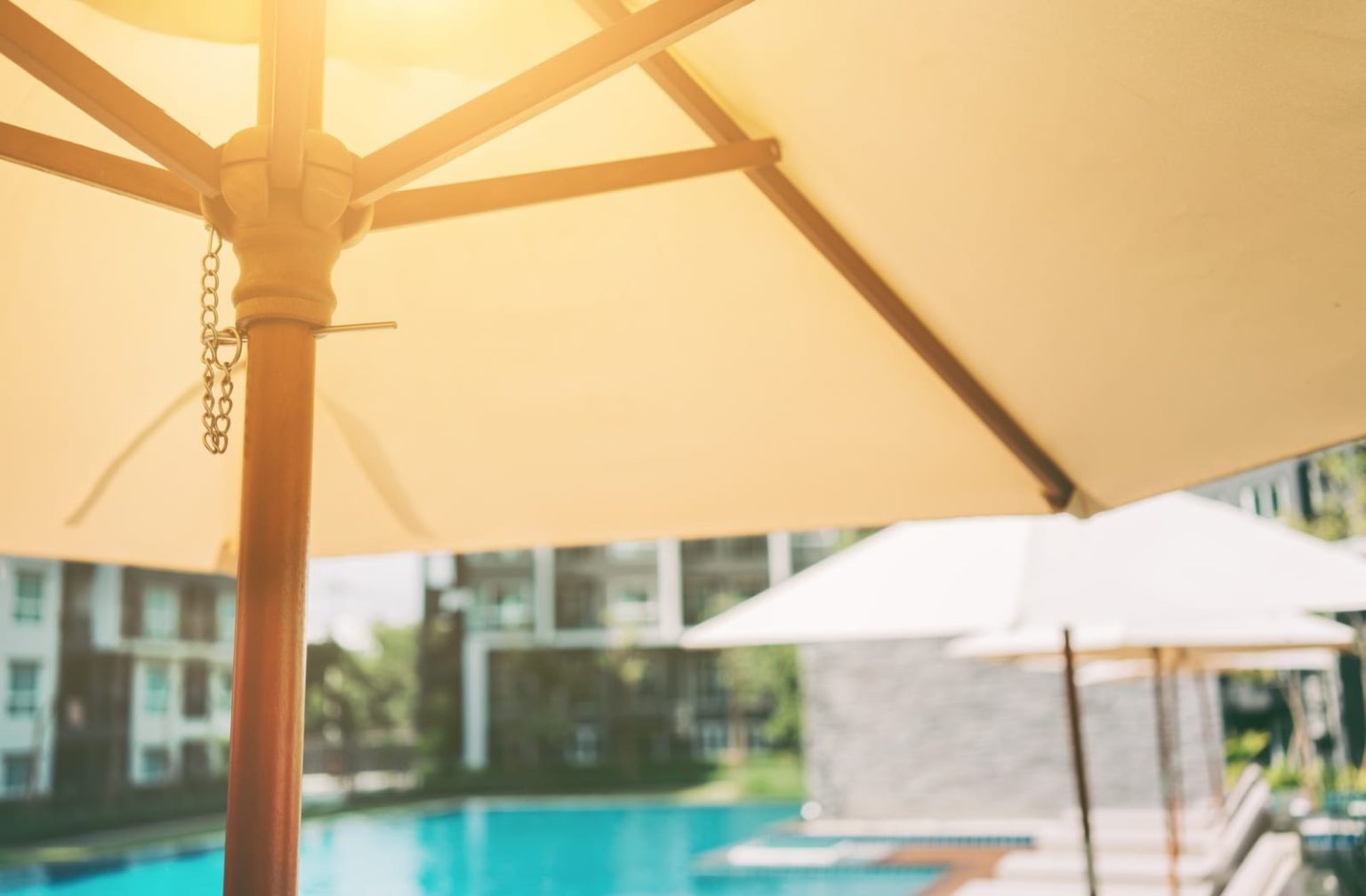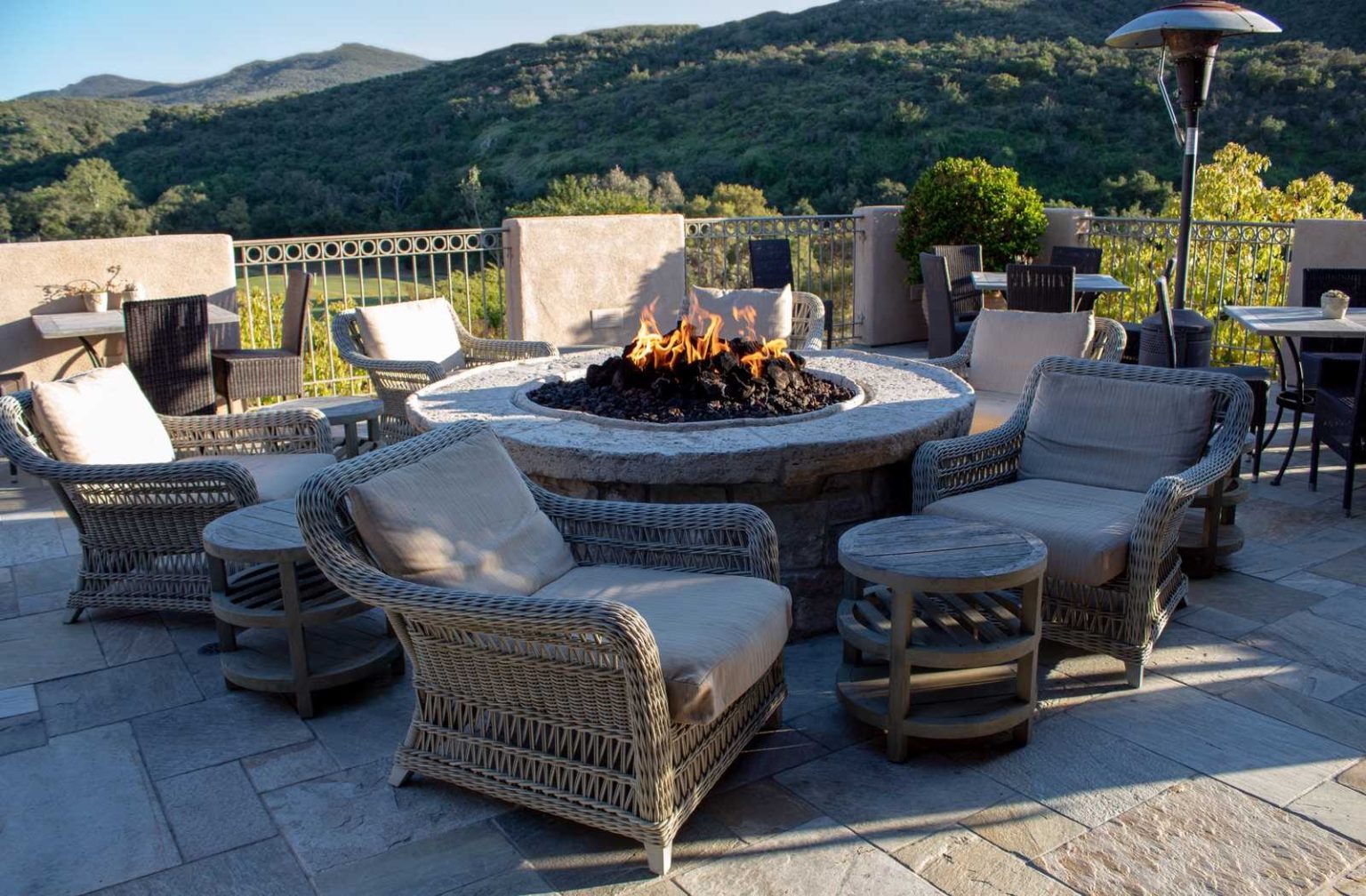It’s hard to beat the summer experience of having a full patio set, including seating, lounging furniture, gazebos or cabanas, and even planters and storage. You can enjoy the outdoors with the almost the same comfort of living indoors, the more of it you have.
But even if you keep it simple and stick to tables, chairs, and coffee tables — a handful of species (not all of them cute) can cause damage and a mess as unwanted tenants. We’ve got a few tips and tricks to share so you can reserve your patio furniture just for yourself and invited guests.
SIGNS YOUR PATIO FURNITURE IS HOME TO CRITTERS
- Footprints: it’s a good idea to check for prints if they’re visible. If not, dust the ground with flour, garden lime, or sand outside of a possible entry point before bed. When you wake up, check to see if any prints are disturbing the dusted area. Nuisance animals may have at least two ways in and out for easy escapes.
- Droppings: they might be the worst part of having small animals living in your furniture. If you’re reading this, you may already have had to deal with droppings already.
- Damage: not all animals leave the same damage. Some mammals will chew wood, whereas most birds won’t. Some dig up turf in between patio stones to look for a food source. Others kick up planters and vegetable gardens.
WHAT ANIMALS TO WATCH FOR
Alberta is home to many nesting animals, being mixed and short grass prairie, boreal forest, and foothills with sparse thickets of aspen trees. In this type of landscape, small mammals and birds are looking for a safe, enclosed shelter year-round — and insects look for homes from spring through fall.
Porcupines aren’t that concentrated in urban areas, but they can affect suburbs near the edge of town. They’re known for chewing wood, so if you have wicker or teak chairs and tables, they can cause a lot of damage. Garden mice or Alberta’s meadow voles are small and flexible enough to shimmy into the smallest cracks, and they’ll chew wood to make room for living space.
Birds
Birds just need a small horizontal mat to rest and store eggs, with a wide enough entrance to fly out of. Given a nook, they can pack a lot of grass in and leave a mess nearby.
Insects
Insects like wasps can use the overhang of patio umbrellas given time. If you leave regular crumbs or morsels of food, it can attract flies or fruit flies.
Cats
Sometimes, your neighbours let their outdoorsy cats roam free. They might think your patio furniture makes for a great den. Many outdoor furniture owners don’t appreciate the shedding, and some are allergic to it, so outdoor domestic cats might be a group worth keeping away from your patio furniture.
CHOOSING MATERIAL
Teak is a natural insect repellent, so you can focus on keeping out the other usual suspects like birds and small mammals. Teak has maintenance benefits and a good aesthetic as well. Where you might have to do some rust prevention on metal, teak responds very well to weathering.
If you do go with steel or aluminum, you might benefit from light, stackable builds — since animals can’t burrow into them that way.
SUMMER USE
Here’s when you might want to use some kind of repellant regularly. When you apply a liquid repellant, try to aim for entrances, exits, and the spots that could be used for nesting. Joints in furniture can provide a stable foundation for soft nesting materials, so you should pay attention.
If a corner or a joint looks like it might be comfortable with some straw or grass, apply a repellant there. If rain washes it away, you might need to reapply it later. Specialty repellants may be necessary if nothing else is working. You could cover the furniture when you’re not using it to keep repellents from washing away. Doing so can also trap the repellents’ odours.
Bug Spray

Bug spray can repel most animals, so this one might be your go-to. But if you don’t want your clothes to smell like bug spray, you might want to limit where you apply it: only to table legs, chair backs, or patio umbrellas. You can use bug spray to prevent both nesting and chewing animals.
Capsaicin
Spicy food! The chemical that makes food spicy is called capsaicin. It’s actually an irritant to mammals (humans included, but we’ve developed a taste for it), so spreading it on a wood surface will certainly deter animals from chewing it.
Hot peppers are natural sources, but you can buy higher concentrations of capsaicin as well. It’s best to apply it anywhere you expect wood damage from chewing. But you might want to avoid touching your mouth, eyes, nose, or ears afterwards and keep it well away from spots you’ll touch regularly.
Vinegar
A solution of vinegar and water tends to keep cats and other mammals away, and it has a clean smell. You could spray it on coffee tables, cushions, and armrests.
Mothballs
These solid, toxic repellents can roll away, so they’ll go best in contained furniture. If you get box-type chairs with hollow interiors, mothballs can roll around inside no problem. They can work better if they have an enclosed space as well. If you get a storage container, these repellents can fill in the gaps and corners nicely.
WINTERIZING
If you were somehow interested in lounging around in your patio furniture for subzero temperatures, you would have to evict some small animals routinely. When your furniture is unpacked, unwinterized, and ready to go, it’s inviting to critters looking for a home. That rule goes double for Alberta’s winter months, when shelter is key to survival for most animals.
It’s best to use a shed to store them, but you can use covers to keep sleet, snow, and rain from doing water damage to the frame if that’s not feasible. Cushions should be brought inside, so they’re safe not only from the elements but from critters chewing through to the stuffing. If they get in, they can weather anything, ruining your cushions.
KEEPING YOUR OPTIONS IN MIND
If you go with granite, steel, or aluminum furniture, you might not get as much damage. But these animals can still leave quite a mess. If you’d like to explore your patio furniture options, and which types might need creature-proofing, please don’t hesitate to contact us for a consultation or a general inquiry!




Leave a comment
This site is protected by reCAPTCHA and the Google Privacy Policy and Terms of Service apply.